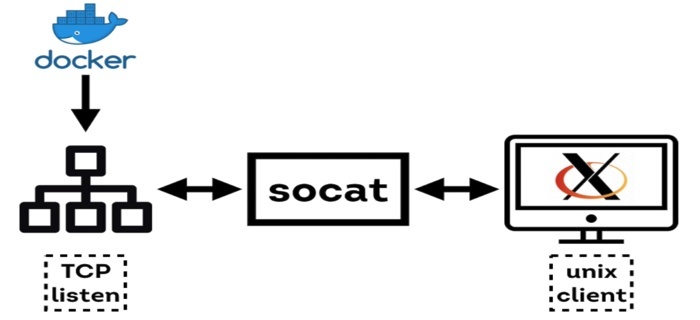Package Cloud signs distributed packages using their own GPG keys. The default value on many operating systems is too low for a messaging broker on several Linux distributions. Follow the instructions under "Installation using repository" at Erlang Solutions. Instead of relying on a "master key", projects will migrate to use repository-specific signing keys. RabbitMQ public signing key can also be downloaded from rabbitmq. For more information about controlling fs. See the CLI tools guide to learn more. 
| Uploader: | Mazuhn |
| Date Added: | 10 August 2006 |
| File Size: | 70.6 Mb |
| Operating Systems: | Windows NT/2000/XP/2003/2003/7/8/10 MacOS 10/X |
| Downloads: | 71574 |
| Price: | Free* [*Free Regsitration Required] |
Make sure the following ports are accessible:. There are two limits in play: Package Cloud signs distributed packages using their own GPG keys.
RPM resource socat(x86-64)
RabbitMQ management UI displays the number of file descriptors available for it to use on the Overview tab.
Its output can be filtered to narrow it down to RabbitMQ-specific entries: The main setting that needs adjustment is the max number of open files, also known as ulimit -n. Erlang Solutions produces packages that are usually reasonably up to date and involve installation of a potentially excessive list of dependencies. However, the versions included often lag behind RabbitMQ releases.
See networking guide for details. The broker always appends to the log filesso a complete log history is retained.
Installing the package using Yum repositories socar Package Cloud or Bintray this option is highly recommended Downloading the package and installing it with rpm. However, the versions included are usually outdated and out of support. For example, to set the max open file handle limit nofile to Instead of relying on a "master key", projects will migrate to use repository-specific signing keys.
It is possible to configure RabbitMQ to spcat different ports and specific network interfaces. This makes RPM tools trust the signature on the packages provided in the repository.
Packages in Fedora / RHEL / CentOS / EPEL - Package: socat
RabbitMQ public signing key can also be downloaded from rabbitmq. On most systems, a node should be able to start and run with all defaults. Controlling System Limits on Linux RabbitMQ installations running production workloads may need system limits and kernel parameters tuning in order to handle gpm decent number of concurrent connections and queues.
The contents of the file will vary slightly between distributions e. With Docker To configure kernel limits for Rm contains, use the "default-ulimits" key in Docker daemon configuration file. The package page provides a repository setup help section.
Getting Help and Providing Feedback If you have questions about the contents of this guide or any other topic related to RabbitMQ, don't hesitate to ask them on the RabbitMQ mailing list. It covers a number of topics: To start and stop the server, use the service tool. Simply fork the repository and submit a pull request.

Licensed under the MPL. Follow the instructions under "Installation using repository" at Erlang Solutions. This is highly recommended when Erlang is installed via the Erlang Solutions repository.
Configuration management tools e.
RPM resource socat
To start the daemon by default when the system rp, as an administrator run chkconfig rabbitmq-server on As an administrator, start and stop the server as usual: Before the migration is completed, both old and new key must be imported for forward compatibility:. Make sure the following ports are accessible: The service name is rabbitmq-server: All rabbitmqctl commands will rpmm the node absence if no broker is running. For more information about controlling fs. The default value on many operating systems is too low for a messaging broker on several Linux distributions.

No comments:
Post a Comment